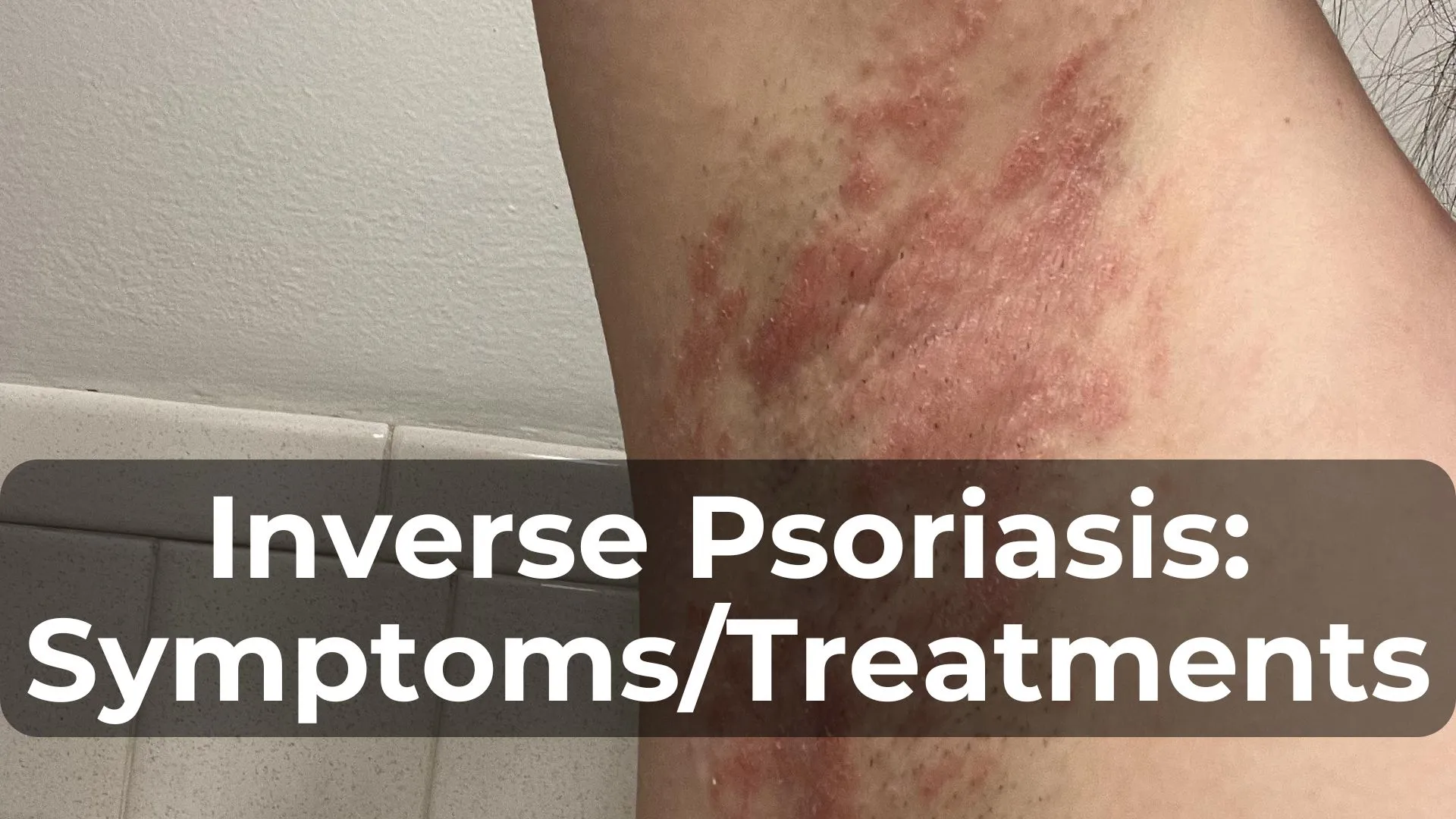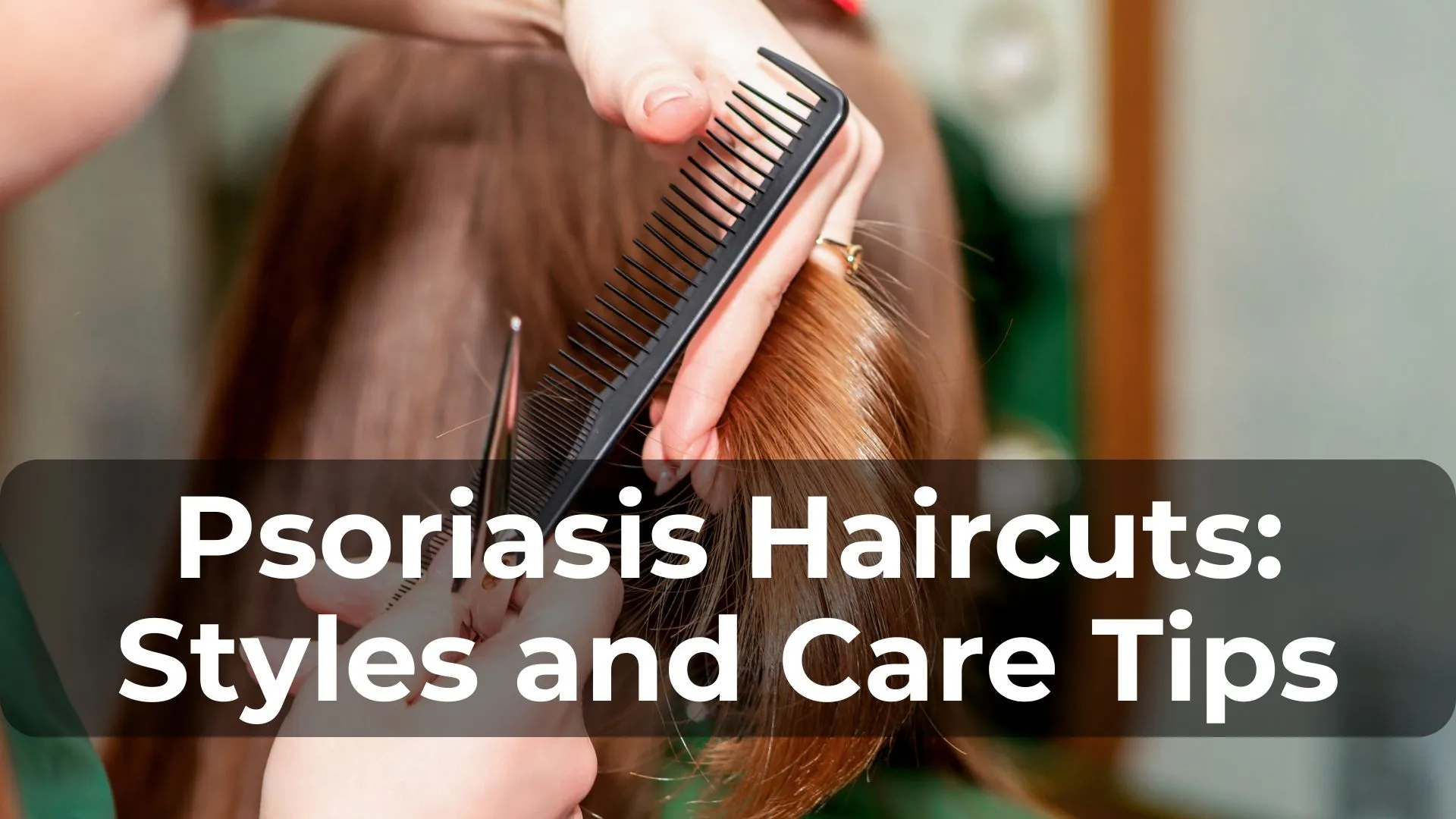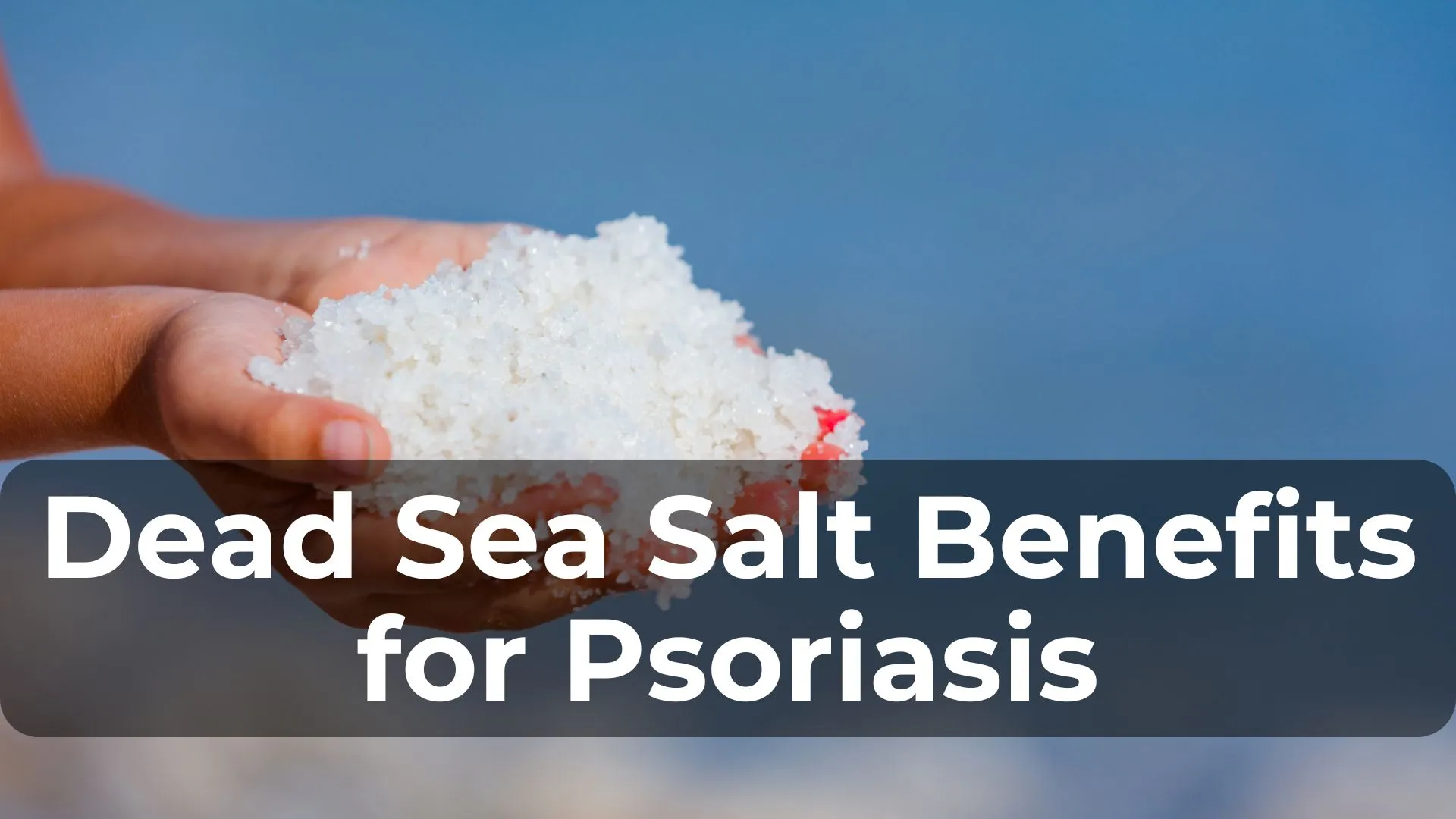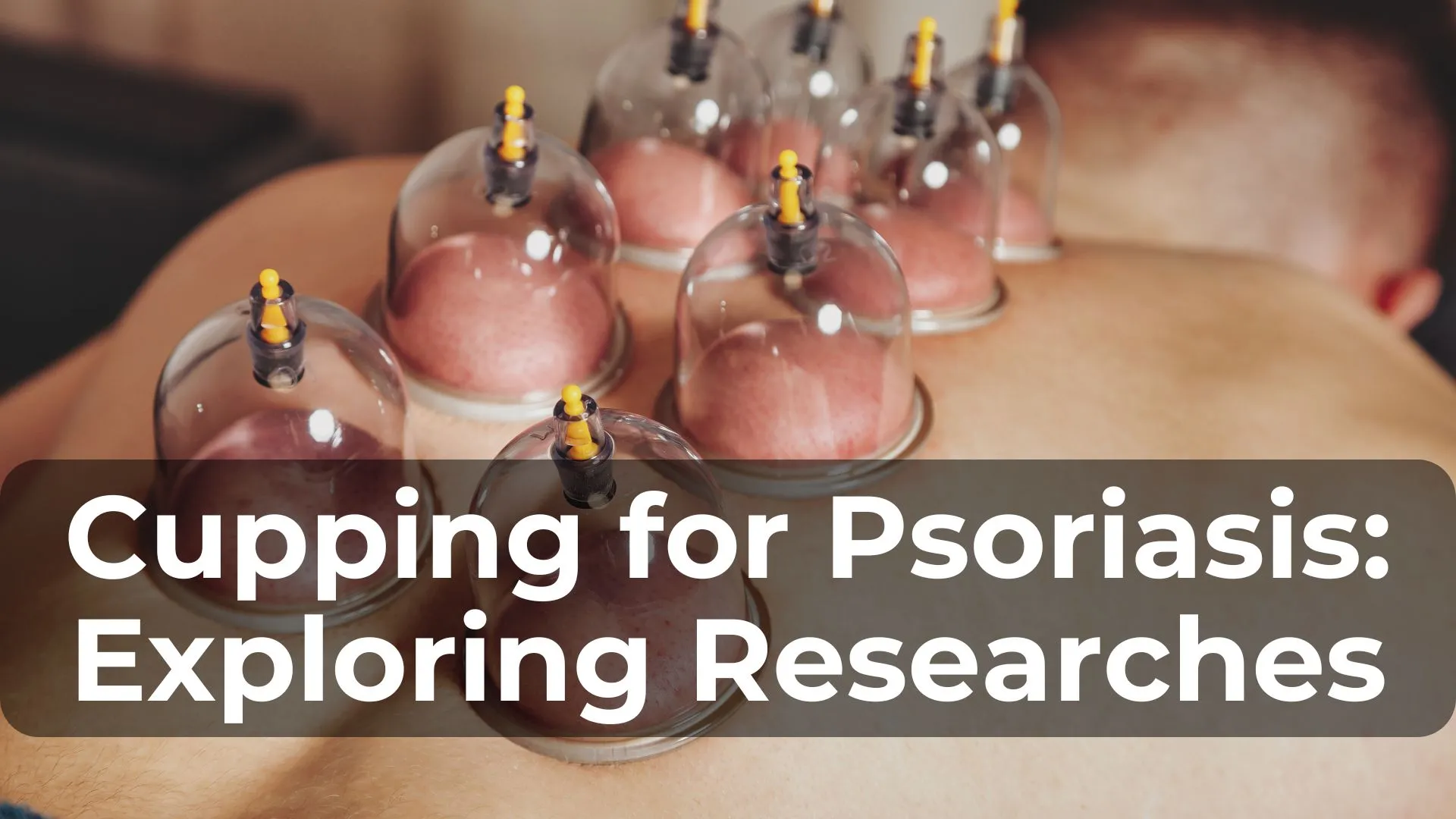
Hey there, skin warriors! Today, we’re diving deep into the world of inverse psoriasis. Buckle up, because we’re about to embark on a journey that’ll leave you feeling informed, empowered, and maybe even a little itchy (just kidding… I hope!).
Table of Contents
ToggleWhat’s the Deal with Inverse
First things first, let’s talk about what inverse psoriasis actually is. Picture this: you’re going about your day, minding your own business, when suddenly you notice some angry red patches in places where the sun don’t shine. Yep, that’s inverse psoriasis for you – the sneaky cousin of regular psoriasis that likes to hang out in skin folds like your armpits, under your breasts, or between your thighs. It’s like psoriasis decided to go on a tropical vacation to the most humid parts of your body!
The Usual Suspects: Traditional Treatments
Now, if you’ve been dealing with inverse psoriasis for a while, you’ve probably tried every cream, ointment, and magic potion under the sun. From topical steroids to vitamin D analogues, from tar-based treatments to light therapy – the list goes on and on. And let’s not forget about the heavy hitters like oral medications and biologics.
But here’s the thing: while these treatments can help reduce symptoms or hide the evidence, they’re kind of like putting a band-aid on a leaky pipe. Sure, it might stop the drip for a while, but sooner or later, you’re going to need to call a plumber and fix the root of the problem.
Holistic Healing: More than Skin Deep
So, what’s a person with inverse psoriasis to do? Well, my friend, it’s time to think outside the medicine cabinet and consider a holistic approach. Now, I know what you’re thinking – “Holistic? Isn’t that just for hippies and people who like to hug trees?” But hear me out!
Treating inverse psoriasis holistically means looking at your body as a whole system, not just a collection of itchy red patches. It’s about addressing the root cause of the problem, not just slapping some cream on it an. Think of it likening up a car – you wouldn’t just change the oil and expect it to run perfectly, right? You need to check all the parts and make sure everything’s working together smoothly.
Let’s break down the different aspects of holistic treatment:
Physical Aspect: Get Moving and Grooving
Regular Exercise
I know, I know – the last thing you want to do when you’re feeling itchy and uncomfortable is hit the gym. But trust me, your body will thank you for it. Regular exercise can help reduce inflammation, boost your immune system, and even improve your mood. It’s like giving your body a big, sweaty hug!
Start small – maybe a gentle yoga class or a walk around the block you build up your strength and stamina, you can try more intense workouts. Who knows, you might talent basket weaving (hey, it could happen!).
Sunlight Therapy
Remember when your mom used to tell you to go outside and get some fresh air? Turns out, she was onto something! Controlled exposure to sunlight can actually help improve psoriasis symptoms. The UV rays can slow down the rapid skin cell growth that causes those pesky plaques.
But remember, we’re not talking about baking in the sun like a rotisserie chicken. Start with short periods of sun exposure and gradually increase the time. And don’t forget your sunscreen – we want to help your skin, not turn you into a lobster!
Chemical Aspect: You Are What You Eat And Absorb
Dietary Changes
Ever heard the saying “garbage in, garbage out”? Well, the same applies to your body. Many people with inverse psoriasis have found relief by making changes to their diet. This might include cutting out inflammatory foods like processed sugar, dairy, and gluten, and focusing on anti-inflammatory foods like leafy greens, fatty fish, and berries.
Think of your diet as the fuel for your body’s engine. By giving it high-quality fuel, you’re helping it run more smoothly and efficiently. Who knows, you might even develop a newfound love for kale smoothies (or not – I won’t judge).
Detoxification
Our bodies are like sponges, soaking up toxins from our environment, food, and even our own metabolic processes. For some people with inverse psoriasis, these toxins can build up and contribute to inflammation and flare-ups.
Detoxification isn’t about going on some crazy juice cleanse or living off nothing but air and good vibes. It’s about supporting your body’s natural detox processes through things like drinking plenty of water, eating fiber-rich foods, and maybe even trying some herbal teas known for their detoxifying properties. Think of it as giving your body a spring cleaning – out with the old toxins, in with the new, healthier you!
Supplements
While a healthy diet should be your primary source of nutrients, sometimes our bodies need a little extra help. Certain supplements have shown promise in managing psoriasis symptoms. These might include omega-3 fatty acids, vitamin D, probiotics, and turmeric.
But remember, supplements aren’t a magic bullet, and it’s always best to consult with a healthcare professional before starting any new supplement regimen. After all, you wouldn’t start putting random ingredients in your car’s gas tank, would you?
Emotional/Spiritual Aspect: Healing from the Inside Out
With inverse psoriasis isn’t just physically challenging – it can take a toll on your emotional and mental health too. That’s why addressing the emotional and spiritual aspects of healing is just as important as the physical and chemical aspects.
This might involve practices like meditation, mindfulness, or even seeking therapy to help manage stress and improve your overall well-being. Some people find comfort in prayer or connecting with nature. The find what works for you and makes you feel centered and at peace.
Remember, stress is a common trigger for psoriasis flare-ups, so finding ways to manage your stress levels can have a direct impact on your skin health. It’s like giving your mind a spa day – relaxed mind, happy skin!
Natural Remedies: Mother Nature’s Medicine Cabinet
In addition to the holistic approaches we’ve discussed, there are also many natural remedies that people have found helpful in managing their inverse psoriasis symptoms. These might include:
- Aloe vera: Known for its soothing and anti-inflammatory properties.
- Apple cider vinegar: Some people find it helpful for reducing itching and irritation.
- Dead Sea salts: Rich in can help soften anfoliate psoriasis plaques.
- Tea antimicrobial properties that may help prevent infection psoriasis-affected skin.
- Oatmeal baths: Can help soothe itchy and inflamed skin.
While these natural remedies can be helpful, it’s important to remember that what works for one person may not work for another. It’s all about finding the right combination of treatments that work for you. Think of it like creating your own personal skin care cocktail – a little bit of this, a dash of that, until you find the perfect blend.
The Road to Recovery: A Journey, Not a Destination
Now, I know we’ve covered a lot of ground here, and you might be feeling a bit overwhelmed. But remember, healing from inverse psoriasis is a journey, not a destination. It’s about making small, consistent changes over time that add up to big improvements in your skin health and overall well-being.
Think of it like training for a marathon. You wouldn’t expect to go from couch potato to marathon runner overnight, right? The same goes for managing your inverse psoriasis. It takes time, patience, and a willingness to try approaches.
But here’s the good news: every step you take towards a healthier lifestyle is a step in the right direction. Whether it’s swapping out your soda for water, taking a few minutes to meditate each day, or trying out a new natural remedy, you’re making progress.
So, my fellow skin warrior, are you ready to take control of your inverse psoriasis? Remember, you’re not alone in this journey. There’s a whole community of people out there who understand what you’re going through and are rooting for your success.
Now, go forth and conquer that inverse psoriasis! Your skin (and your body) will thank you for it. Who knows, you might even start to see your psoriasis as a blessing in disguise – after all, it’s led you to take better care of yourself, right? And that, my friend, is something to celebrate!





